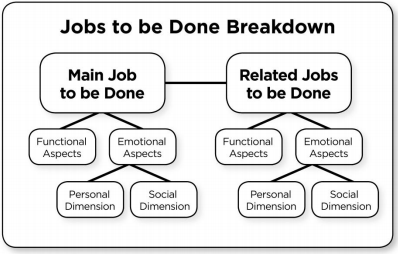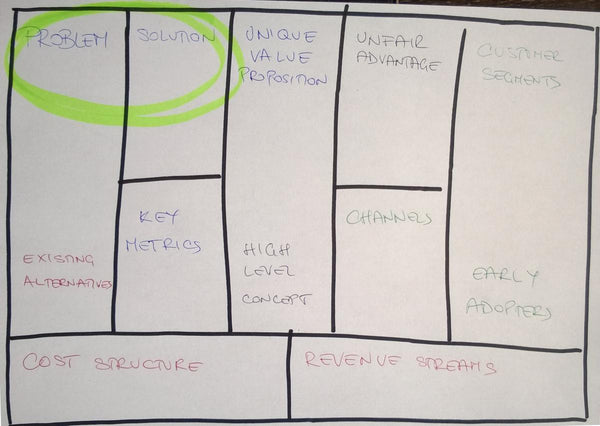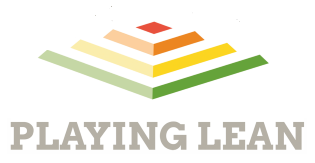Figuring out what problems you are solving can be hard. It may help to think about what “job” you are “hiring” a product to do instead. This way of thinking was first popularized by Clayton Christensen in his book The Innovator’s Solution.
Jobs-To-Be-Done Framework
Clayton Christensen Institute defines it as:
"The jobs-to-be-done framework emerged as a helpful way to look at customer motivations in business settings. Conventional marketing techniques teach us to frame customers by attributes—using age ranges, race, marital status, and other categories that ultimately create products and entire categories too focused on what companies want to sell, rather than on what customers actually need.
The jobs-to-be-done framework is a tool for evaluating the circumstances that arise in customers’ lives. Customers rarely make buying decisions around what the “average” customer in their category may do—but they often buy things because they find themselves with a problem they would like to solve. With an understanding of the “job” for which customers find themselves “hiring” a product or service, companies can more accurately develop and market products well-tailored to what customers are already trying to do."
The Milk Shake Case Study

In What Customers Want from Your Products Clayton Christensen, Scott Cook and Taddy Hall describe one fast-food restaurant's effort to improve sales of its milk shakes. They found out that people weren't buying or hiring milkshakes specifically because of their taste, but rather to keep themselves entertained during their morning commute. Here is a video summary of the study
Putting Theory into Practice
Authors of The Innovator's Toolkit divide jobs-to-be-done into main and related. They are further sub-divided into functional and emotional aspects. Personal and social dimension are sub-divisions of emotional aspects. See it illustrated bellow:

They have generously shared the whole chapter on jobs-to-be-done.
Based on his consulting experience with Clayton Christensen, Stephen Wunker proposes a six-step process for "a rigorous way of defining the jobs you can address":
- What are the high-level jobs-to-be-done?
- What are the current approaches and what pain points result?
- What benchmarks exist in the full range of competing offerings and analogies?
- What performance criteria do customers use?
- What prevents new solutions from being adopted?
- What value would success create for customers?
Last, but not least, Strategyn has a series of highly useful articles:
Relation to Lean Canvas

While applying jobs-to-be-done framework will positively influence all elements of your Lean Canvas, you will most likely experience it first during your problem and solution interviews. Ash Maurya goes into more details how jobs-to-be-done framework aligns with the Lean Canvas.
We'd like to hear how you used jobs-to-be-done framework, and how did you make it work with your Lean Canvas! Share your experiences with us right here in the comments section, or via Facebook and Twitter.
Product Roadmap
A product road map should help you understand what you're building and why you're building it. The purpose of a product road map is to make it easier to articulate your vision of the product to stakeholders and customers.
If you want to learn how to prioritize your product road map with Jobs-to-be-Done methods we recommend checking out thrv's blog post!
Jobs To Be Done is one of the experiment cards in our Social Media scenario.
